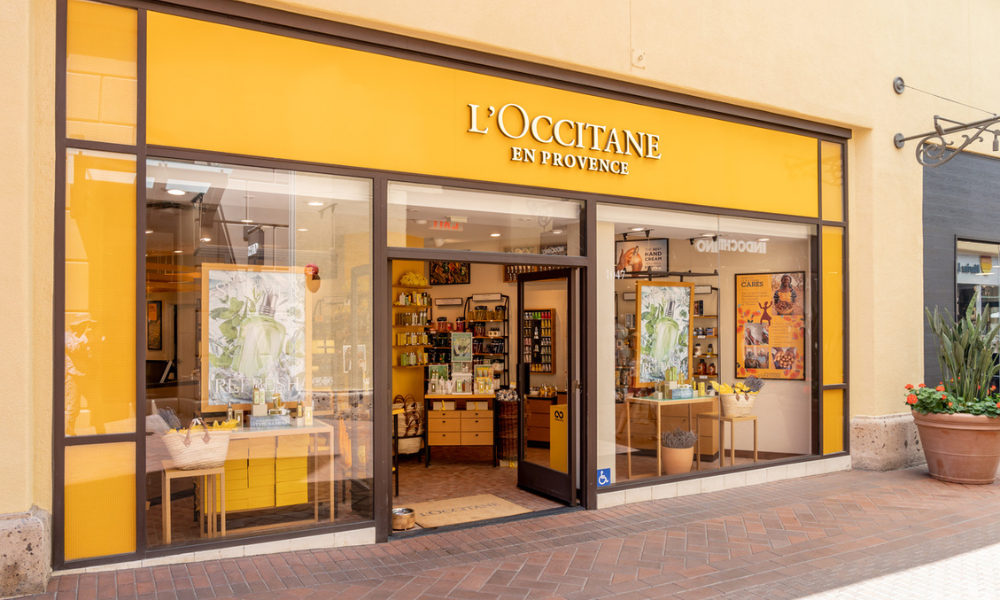New Zealand’s not too hot, not too cold outlook which has led to 2015 being dubbed the year of the “Goldilocks economy” may also prove “just right” for capital markets.
New Zealand’s not too hot, not too cold outlook which has led to 2015 being dubbed the year of the “Goldilocks economy” may also prove “just right” for capital markets.
2013 was a big year for the NZX, powered by the government’s partial asset sales programme. 2014 was solid also, recording 16 new listings which made it one of the busiest years for IPOs since 2004. And 2015 looks like making it three in a row, with potentially as many as 20 new listings if you count the NZX’s soon-to-launch NXT market, which will be targeted at growth firms with a market capitalisation under $100 million.
Chapman Tripp’s pick is for the IPO pipeline to keep pumping this year, particularly in the mid-market, and for increased M&A action. The current strength of both the M&A and equity markets means dual-track processes could also feature, where an IPO and a trade or private equity sale are pursued simultaneously.
Market chatter is that a number of technology businesses are exploring IPOs, following a strong showing from this sector in 2014. It is also possible that some of those prospects which considered, but decided against listing last year (such as Hirepool and data storage company Wherescape), might try again this year.
Several companies that listed in 2013 and 2014 have major shareholders coming off escrow, enabling those shareholders to sell down their holdings should they wish. The Financial Markets Conduct Act (FMCA) has facilitated this option by allowing shareholders to sell down major stakes with the issuer’s active involvement, without triggering the need to produce formal offer documentation.
In the M&A space, reports show a steady and healthy boost in deal volumes over the past 12 months, with interest from both listed corporates and private firms looking to expand operations and/or diversify their earnings.
2014 was characterised by small to mid-sized transactions, in both the trade and financial sponsor spheres, punctuated by a small but growing number of major deals such as Beijing Capital Group’s $950 million purchase of Waste Management from Transpacific Industries, and Oji/INCJ’s $1.037 billion acquisition of Rank Group’s Carter Holt Harvey Pulp & Paper business.
This trend looks set to continue in 2015, with domestic corporates pursuing strategic acquisitions (often involving vendors dealing with generational transition) and New Zealand private equity firms focusing on investments in the up to $100 million segment. Blockbuster deals approaching or exceeding the $1billion threshold will likely continue to be the preserve of offshore purchasers.
Factors which should help to sustain these expected high activity levels are beneficial economic conditions and a supportive and enabling regulatory framework.
Reserve Bank of New Zealand forecasts are for annual GDP growth of 3 per cent, falling unemployment and continued very low inflation (if not a temporary deflation blip, provoked by collapsing oil prices).
Business and consumer confidence remains high relative to historical norms. The latest NZIER Quarterly Survey of Business Opinion recorded a 21 per cent optimism level, while the ANZ-Roy Morgan Consumer Confidence Index was at 128.9 in January 2015, well above the decade average of 119 and up from around 110 in 2012.
In addition, there are forces at work which will continue to drive investor demand for equities, in particular the ongoing build-up of KiwiSaver funds and continued low interest rates and bond yields.
This will also be the first full year of implementation for the game-changing FMCA, which has – among other things – instituted a range of reforms the effect of which is to make the IPO process more accessible. These include:
Also to watch for in 2015:
Stephen Lowe is a partner at Chapman Tripp and Joshua Pringle is a senior associate. Both specialise in corporate and securities law, with a focus on mergers and acquisitions.
2013 was a big year for the NZX, powered by the government’s partial asset sales programme. 2014 was solid also, recording 16 new listings which made it one of the busiest years for IPOs since 2004. And 2015 looks like making it three in a row, with potentially as many as 20 new listings if you count the NZX’s soon-to-launch NXT market, which will be targeted at growth firms with a market capitalisation under $100 million.
Chapman Tripp’s pick is for the IPO pipeline to keep pumping this year, particularly in the mid-market, and for increased M&A action. The current strength of both the M&A and equity markets means dual-track processes could also feature, where an IPO and a trade or private equity sale are pursued simultaneously.
Market chatter is that a number of technology businesses are exploring IPOs, following a strong showing from this sector in 2014. It is also possible that some of those prospects which considered, but decided against listing last year (such as Hirepool and data storage company Wherescape), might try again this year.
Several companies that listed in 2013 and 2014 have major shareholders coming off escrow, enabling those shareholders to sell down their holdings should they wish. The Financial Markets Conduct Act (FMCA) has facilitated this option by allowing shareholders to sell down major stakes with the issuer’s active involvement, without triggering the need to produce formal offer documentation.
In the M&A space, reports show a steady and healthy boost in deal volumes over the past 12 months, with interest from both listed corporates and private firms looking to expand operations and/or diversify their earnings.
2014 was characterised by small to mid-sized transactions, in both the trade and financial sponsor spheres, punctuated by a small but growing number of major deals such as Beijing Capital Group’s $950 million purchase of Waste Management from Transpacific Industries, and Oji/INCJ’s $1.037 billion acquisition of Rank Group’s Carter Holt Harvey Pulp & Paper business.
This trend looks set to continue in 2015, with domestic corporates pursuing strategic acquisitions (often involving vendors dealing with generational transition) and New Zealand private equity firms focusing on investments in the up to $100 million segment. Blockbuster deals approaching or exceeding the $1billion threshold will likely continue to be the preserve of offshore purchasers.
Factors which should help to sustain these expected high activity levels are beneficial economic conditions and a supportive and enabling regulatory framework.
Reserve Bank of New Zealand forecasts are for annual GDP growth of 3 per cent, falling unemployment and continued very low inflation (if not a temporary deflation blip, provoked by collapsing oil prices).
Business and consumer confidence remains high relative to historical norms. The latest NZIER Quarterly Survey of Business Opinion recorded a 21 per cent optimism level, while the ANZ-Roy Morgan Consumer Confidence Index was at 128.9 in January 2015, well above the decade average of 119 and up from around 110 in 2012.
In addition, there are forces at work which will continue to drive investor demand for equities, in particular the ongoing build-up of KiwiSaver funds and continued low interest rates and bond yields.
This will also be the first full year of implementation for the game-changing FMCA, which has – among other things – instituted a range of reforms the effect of which is to make the IPO process more accessible. These include:
- a single, page or word-limited offer document – the product disclosure statement (PDS) – to replace investment statements and prospectuses, with additional material information placed on an online register
- more liberal advertising restrictions, enabling a fundamentally different and more open approach to offer advertising, particularly during the pre-registration period
- a range of new low-doc instruments to promote smaller, alternative equity raisings (these include small offers and equity crowd funding). The first two licences were granted to equity crowd funding intermediaries in July. Nine offers have now been presented to the public, with four reaching their funding goal, raising a total of $4.1 million.
Also to watch for in 2015:
- more roll-ups, the acquisition and aggregation of private companies operating in the same market, seem likely given the warm reception they received in 2014, as do more private equity exits
- the return of the Australian private equity investor. The Australian presence has been subdued since the GFC and acquisitions of the size of Independent Liquor and Yellow Pages (each more than NZ$1 billion) remain unlikely, but there are some early signs of a returning interest
- continuation of the move to dual listing. Although listing on the ASX incurs extra fees and expenses and imposes additional compliance burdens, it improves access to Australia’s deeper pool of capital and may provide greater liquidity. Also, many Australian fund mandates require an ASX listing in order to be able to invest in a New Zealand issuer
- a continued move to front-end book builds or fixed price offers, where the offer price is known prior to the offer opening. These mechanisms were used in all IPOs during 2014 and we expect they will continue to be the preference through 2015 (although there may be exceptions), as the desire to mitigate pricing risk is outweighed by the desire to be seen to be providing certainty and clarity to prospective investors.

Stephen Lowe is a partner at Chapman Tripp and Joshua Pringle is a senior associate. Both specialise in corporate and securities law, with a focus on mergers and acquisitions.







